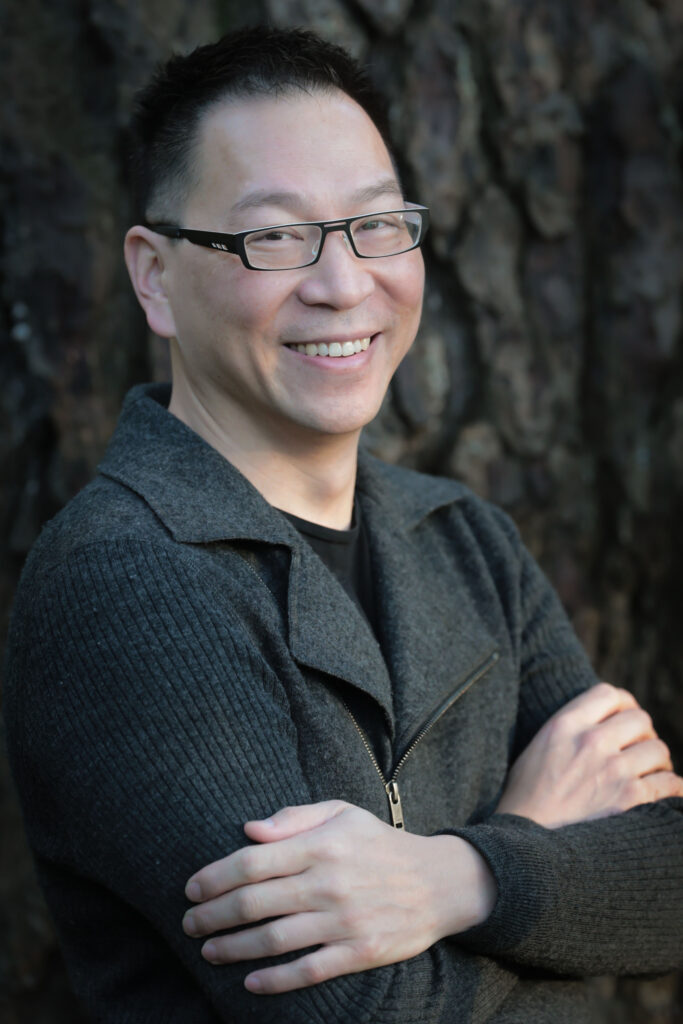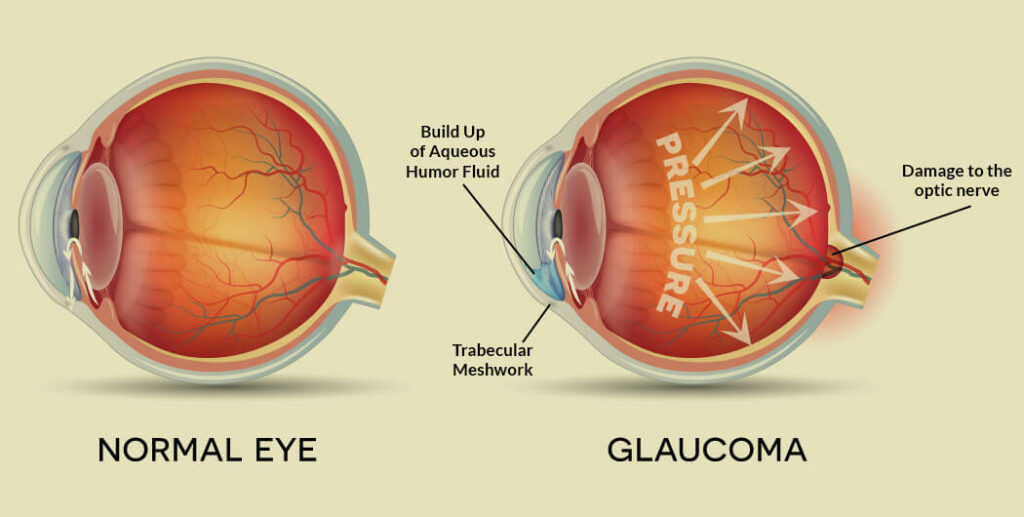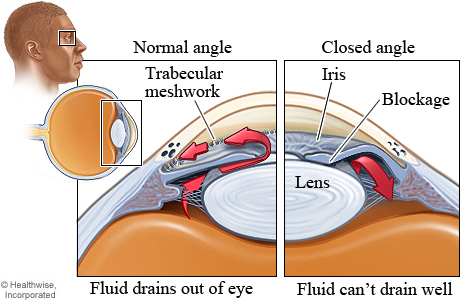What is Glaucoma?
Glaucoma affects about 200,000 individuals a year and some people may they have glaucoma and not even know it. Glaucoma is a condition that shows no symptoms. In the beginning stages, glaucoma does not affect your vision. You may be a glaucoma suspect for many years and may not need any kind of treatment or eye drops until your glaucoma worsens. Usually, age will increase the risk of someone developing glaucoma. However, it’s important to note, that glaucoma can affect people of all ages, even newborns. For adults, there are two types of Glaucoma, Open-Angle and Closed Angle.
Two Major Types of Glaucoma
Primary Open-Angle Glaucoma
In general, glaucoma is a condition that damages your eye’s optic nerve. Open-angle glaucoma is the most common type of glaucoma. What is open-angle glaucoma? In a healthy eye, fluid is created in the cilary body and then exits the eye’s drainage system. The drainage system is a mesh like sponge called the trabecular meshwork. However, when the trabecular meshwork isn’t working properly then the pressure builds up inside of your eye and thus damages the optic nerve. Primary Open-Angle Glaucoma is painless and shows no symptoms but over time the pressure builds and push on the optic nerve. Regular eye exams with your optometrists are important so detect early signs of glaucoma.
Angle-Closure Glaucoma
Angle-Closure Glaucoma is also known as Closed-Angle or Narrow Angle glaucoma. In narrow angle glaucoma, the iris is very close to the drainage angle. The iris can end up blocking the drainage angle similar to that of a kitchen skin becoming blocked by a piece of paper. Once blocked the eye pressure can rise very quickly. In narrow angle glaucoma, there are symptoms:
- Vision is suddenly blurry
- Severe eye pain
- Headache
- Nausea
- Vomit
- Rainbow-colored rings or halos around lights
It is very important to contact your ophthalmologist right away if you experience any of these symptoms. Angle-closure glaucoma develops slowly, but can cause blindness if an acute attack not treated right away.
What are my options?
First and foremost, find a good glaucoma doctor and surgeon. Glaucoma is a life long disease that will require monthly appointments, so find someone who you will get along well with your personality. Finding a doctor who is a glaucoma surgeon is best because then surgery may be an option instead of using eye drops every day. You and your doctor will review your medical history, conduct a comprehensive eye exam, and perform several tests.
Depending on the results of your test and eye exam, your options may include prescription eye drops, oral medications, laser treatments, surgery or a combinations of any of these 3 treatments.

Dr. Scott So
Dr. So is a doctor and surgeon who is truly passionate about glaucoma. He is one of the best surgeons in the San Francisco and the Bay Area. He chose glaucoma as his special area of interested because glaucoma affects many many of his family members. He is a board-certified ophthalmologist with sub specialty fellowship training in glaucoma diagnosis, lasers, and microsurgery. Dr. So is active in research studies and knowledgeable about the newest glaucoma medicines.
In addition to specializing in glaucoma, Dr. So is a cataract surgeon. Patients who have cataract surgery usually have lower eye pressure which leads to damage to the optic nerve. If you would like to learn more about Dr. So, please visit his profile, read our past blogs from earlier this year, or email us if you have further questions. Or if you’re looking for a glaucoma doctor request an appointment with Dr. So right on our website.




